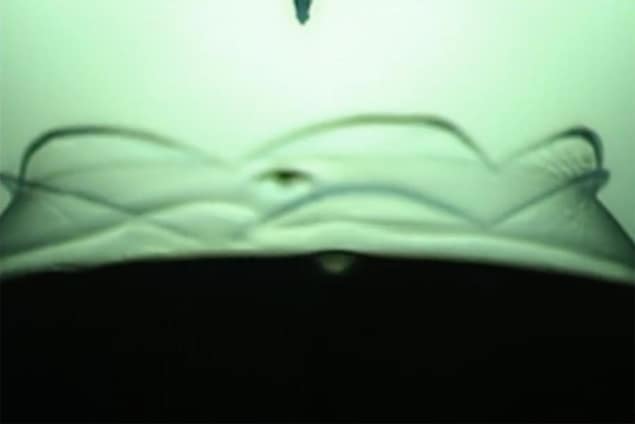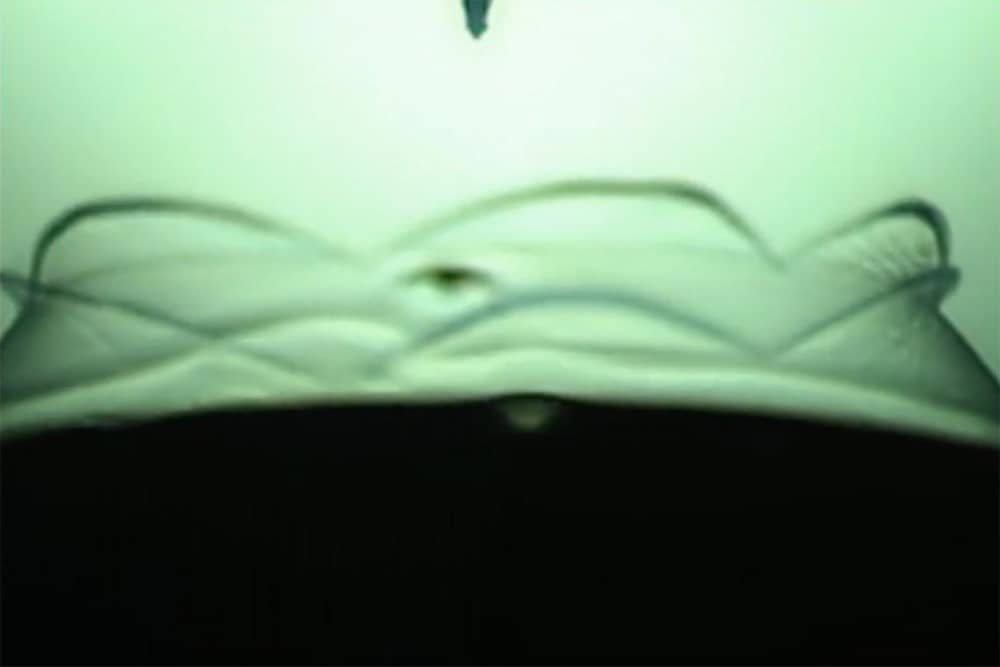
The Tokyo Olympics officially began today with the opening ceremony lighting up the Tokyo sky. Tomorrow also marks that start of the swimming schedule and with it countless photo finishes and races determined by mere fractions of a second.
Obtaining such split-second measurements relies on rounding a raw time recorded by a stopwatch or electronic timing system to a submitted time. Yet David Faux and Janet Godolphin from the University of Surrey have discovered that certain stopwatches can suffer from rounding errors.
Stopwatches and electronic timing systems use quartz oscillators to measure time intervals, with each oscillation calculated as 0.0001 seconds. These times are then processed for display to 0.01 seconds, for example, to the public.
The duo simulated roughly three million race times, finding that most raw times met the race times, but some, however, had rounding errors. For example, one raw time of 28.3194 was converted to a displayed time of 28.21. “The question we really need to answer is whether rounding errors are uncorrected in electronic timing systems used in sporting events worldwide,” says Faux.
Bubble bursting
The physics of the humble soap bubble has been keeping physicists occupied for centuries. But bubbles can also be a pain for industry where they crop up during the manufacturing or transport of various liquids.
An international team of researchers have turned their attention to bubbles that have proteins embedded on their surfaces — a common occurrence in the pharmaceutical industry and in bioreactors used for cell cultures.
Using high-speed cameras, the physicists discovered that when popped with a needle, the protein bubbles opened up like flowers. The researchers then created a mathematical model that could simulate the pattern seen in the expeiments. “What really strikes me is that even after all these years of research, bubble physics keeps surprising us with unexpectedly beautiful phenomena,” notes Vinny Chandran Suja from Stanford Univeristy.
Loving physics
Getting school students interested in physics is a perennial problem, but one student wants to convey that wonder of the subject to even younger children.
Jasmine Buzby, a 14-year-old from Camden County, New Jersey, US, has self-published a book describing what she loves about physics. Written as a poem, with colourful illustrations on every page, the 24-page tome is a fun way to introduce “kids aged three and up” to what physics is and how it help us understand the world.
Despite being just 14, Buzby says she wishes she had realised earlier how cool physics is and hopes that her book can help others to discover it sooner. “I didn’t know what physics was “, Buzby told the Burlington County Times. “To me, that seemed unacceptable because I had all this time to learn about something amazing and no one told me about it.” Loving Physics can be bought online.
